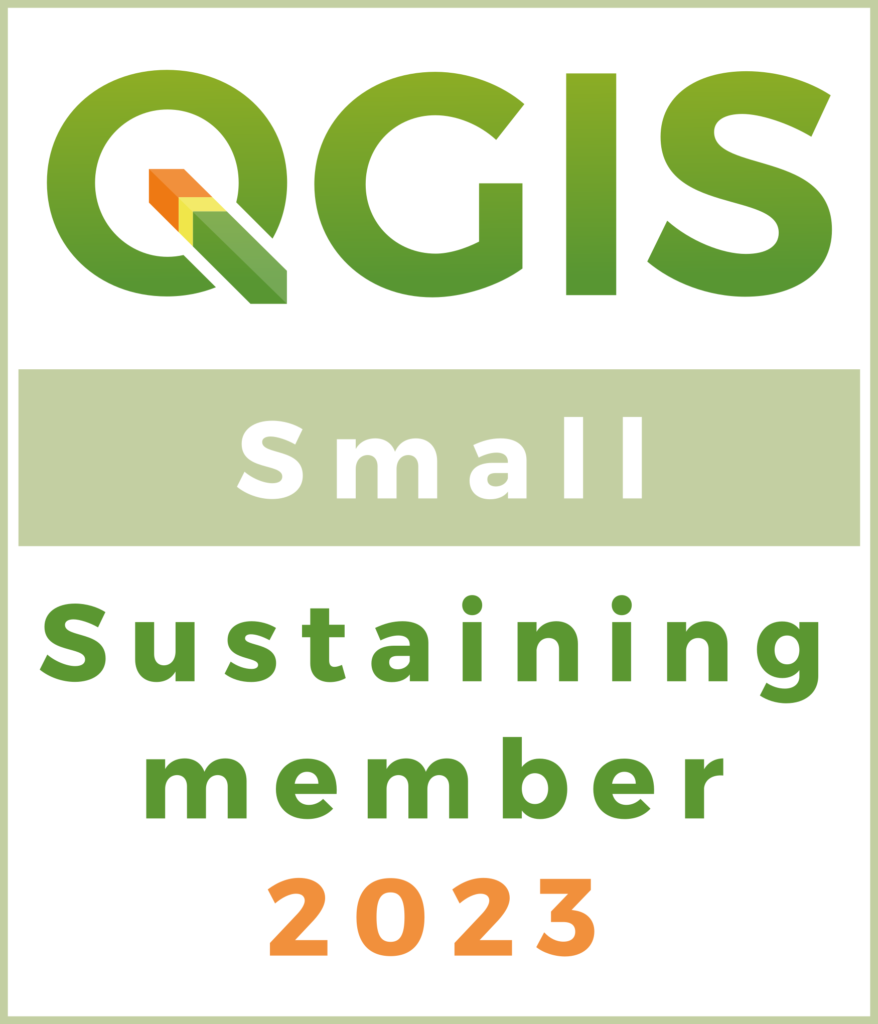When you’re writing a blog two things tend to happen:
- You rehash old topics that you covered 4 or 5 years ago. Usually that’s fine because something has changed enough you can cover it again and not sound repetitive.
- You get to the point where “I really don’t want to talk about anything”.
I’ve been stuck in between the 2 for the last bit. After a small break from the TN 911 address project that is getting some more attention. The biggest bit of activity is on “Well how do I make sure the data isn’t screwed up….”
We’ve had to fix some data as of late – nothing terrible but it’s brought up a lot of questions on my end. One question has been “How do I make sure the data stays in good shape vs mistakes slowly propagating out”. Which then led to questions on topology and workflow. Some problems are topological and some are going to be attribution….some cover both…..
So I decided to rehash an old subject of topology that I’ve touched on a few times. I’m starting back at square one because maybe some of you know and maybe some don’t – but I’m starting on a workflow for the TN 911 Server so it gives me a chance to talk a little. Did you know you can check the topology of your data in QGIS?
Back when I first wrote about this….7 years ago…..this was a new feature for QGIS. Kind of a big deal for me because I come from a data background and I always like tools to help fix data. The topology checker isn’t there to fix bad data – it is there to point out bad data. It’s now a core plugin so you have to activate it but once you do you’ll get one added icon and one new panel to your QGIS Display.

For fun I’m going to build a rule that says the ESN layer (the black polygons) can’t have gaps. So when I run the tool it will highlight the problems:

What happened? More than likely a boundary was moved and the adjoining boundary didn’t move. Gaps were created. In some cases overlaps. Sometimes duplicate polygons.
It will walk me to each error and give me the chance to fix it. What? You mean it won’t fix it for me? Yes and No but that’s coming next. So you can sort of quickly get a visual on what is and isn’t wrong with your data. You can check lines and points also. You can also check to see if points are covered by polygons or points are at the end of lines. If you look at the help you’ll see an entire list of things it can check.
So welcome to “one way to check your data”. Next up – One of several ways to fix your data which I hope eventually leads me into this PGRouting bit of excitement I’ve gotten myself into. Which if you start looking at the next few blog posts you’re going to say “Well it looks like you’re trying to do routing the in the database but you need to clean the data up first”.




